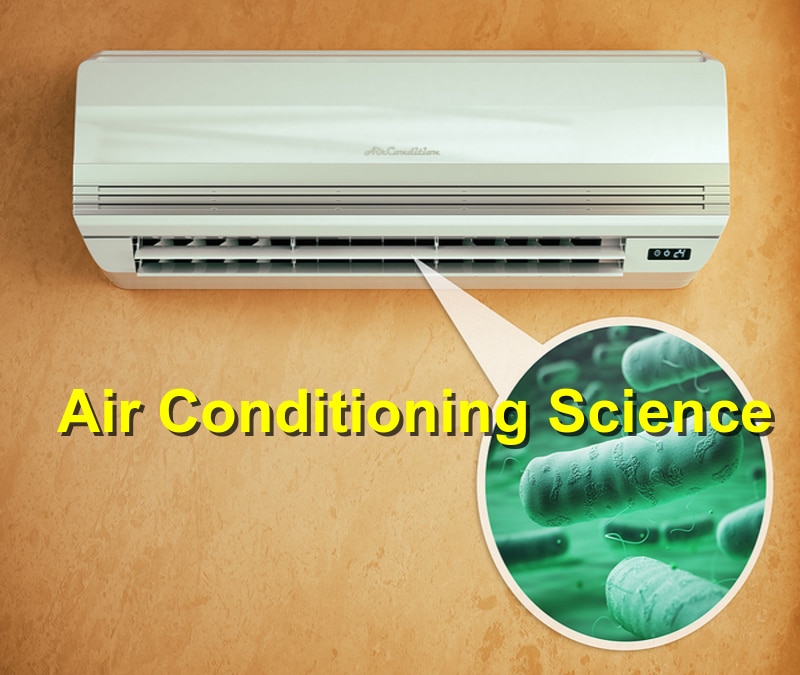Understanding the science behind air conditioning can help demystify this essential technology and provide insights into how it works to keep your home or workplace cool and comfortable. Explore the principles of refrigeration, heat transfer, and air circulation that underpin air conditioning systems:
- Refrigeration Cycle: At the heart of an air conditioning system lies the refrigeration cycle, a continuous process of absorbing heat from one area and releasing it in another. It involves four key components: a compressor, condenser, expansion valve, and evaporator. Refrigerant, a special fluid with a low boiling point, circulates through these components, undergoing changes in pressure and temperature to transfer heat effectively.
- Heat Absorption: The refrigeration cycle begins with the compressor compressing the refrigerant into a high-pressure, high-temperature gas. This hot gas then flows to the condenser, where it releases heat to the surrounding environment and condenses into a high-pressure liquid. As the liquid refrigerant passes through the expansion valve, its pressure and temperature drop significantly, allowing it to absorb heat from the indoor air.
- Heat Release: After absorbing heat from the indoor air, the refrigerant enters the evaporator coil, located inside the building. Here, the low-pressure liquid evaporates into a gas as it absorbs heat from the indoor air, cooling it in the process. The warm indoor air is then recirculated back into the room, while the refrigerant gas returns to the compressor to restart the cycle.
- Air Circulation: Air conditioning systems rely on fans to circulate air throughout the building, distributing cool air evenly and maintaining comfortable indoor temperatures. In central air conditioning systems, ductwork carries cooled air from the evaporator to various rooms, while return ducts collect warm air for recirculation. Window air conditioners and split-system units use built-in fans to blow cool air directly into the space.
- Humidity Control: In addition to cooling the air, air conditioning systems also play a crucial role in controlling indoor humidity levels. As warm air passes over the evaporator coil, moisture in the air condenses into liquid water, which is then drained away. This process helps remove excess humidity from the air, creating a more comfortable and healthy indoor environment.
By harnessing the principles of refrigeration, heat transfer, and air circulation, air conditioning systems effectively cool and dehumidify indoor spaces, providing relief from hot and humid conditions. Understanding the science behind air conditioning can help homeowners and facility managers make informed decisions about system maintenance, operation, and efficiency.
Reference: Motili, ComfortFirst

